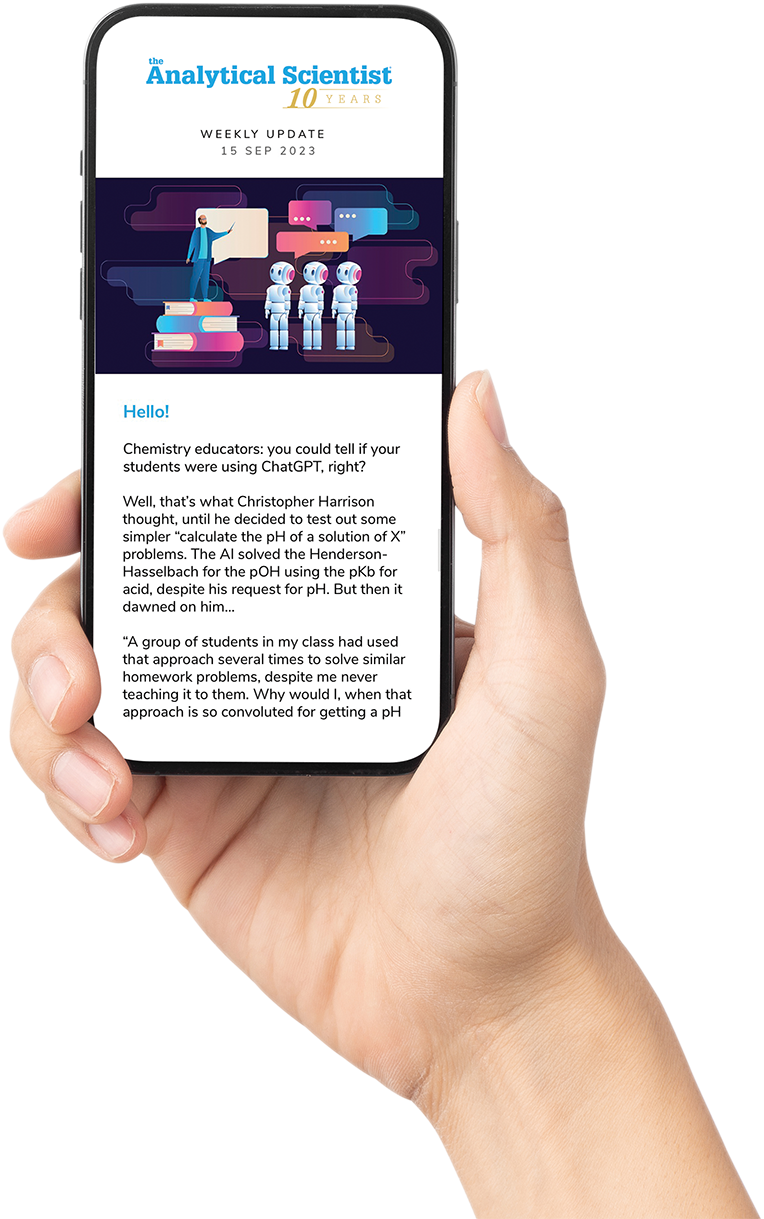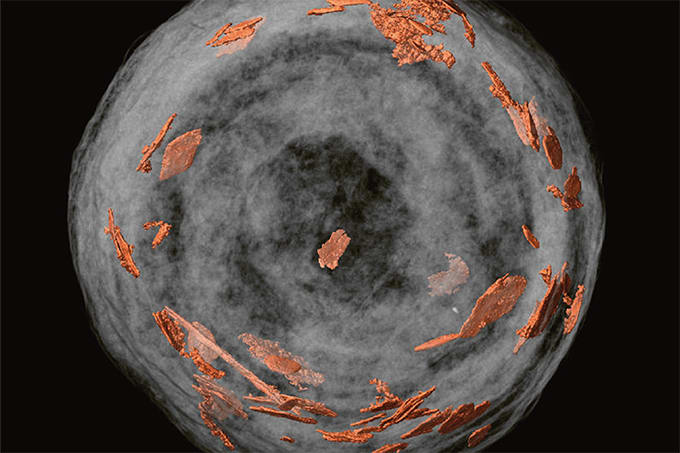
9 – Nuvia wPrime 2A Media
Tunable mixed-mode chromatography for biomolecule purification
Produced by Bio-Rad Laboratories
Nuvia wPrime 2A Media is a tunable weak anion exchange-hydrophobic interaction (AEX-HIC) mixed-mode chromatography resin for challenging biomolecule separations. Its weak AEX functionality allows charge modulation through buffer pH adjustment, enabling greater control and milder elution conditions. The hydrophobic component adds complementary selectivity, combining two interaction modes in one medium. Built on a durable polyacrylamide bead matrix, Nuvia wPrime 2A Media maintains performance under high flow rates and harsh cleaning conditions, ensuring scalable, reproducible purification from lab to manufacturing scale.
What the judges say…
“A good addition to the toolbox of biopharmaceutical analysis and purification.”

Insights from Nuvia wPrime 2A Media Team
Daniel Yoshikawa and Ian Harwood are senior global product managers at Bio-Rad Laboratories, Inc., specializing in process chromatography solutions. Dan and Ian together aid customers by helping to develop and educate on solutions for biotherapeutic downstream processing challenges. Both Ian and Dan hold doctorates in the biological sciences. Here, they tell us about the story of the Nuvia wPrime 2A Media.
What inspired or sparked the idea behind this innovation?
Yoshikawa: Bio-Rad passionately pursues innovation in response to the greatest needs of researchers and biopharma manufacturers. Countless conversations with pharmaceutical scientists and process engineers, market research and trend analysis, and the goal of creating environmentally-conscious solutions that reduce material and energy consumption – and help lower the cost of therapies to increase access to treatments – drives these efforts.
What was the biggest hurdle you faced during development and how did you overcome it?
Harwood: As with any new solution, we asked, “How can we create something that makes not a 1-2-fold impact but a >10-fold impact?” This aspiration becomes exponentially more difficult when trying to achieve this goal with multiple customer requirements, as well as meeting Bio-Rad’s manufacturing and sustainability goals.
Was there a defining breakthrough or “eureka” moment that changed the course of the project?
Yoshikawa: There were multiple from the initial conceptualization through the pre-launch product builds. The time we really knew we had something was when we had multiple customers ask us to be beta-testers because of the known need for a solution – and then when testers responded that they loved the product and asked when they could start ordering.

In brief, what impact could your innovation have?
Yoshikawa: Nuvia wPrime 2A Media is the only weak anion exchange-hydrophobic interaction chromatography (AEX-HIC) resin that can be scaled up and used in large-format and high-productivity manufacturing workflows. The resin has already helped biopharma increase the yield of certain classes of therapies, including antibody and adeno-associated virus (AAV) gene therapies, and three chromatography steps into two by combining multiple modes of interaction into one resin.
Did you collaborate with any external teams or partners? If so, how did those collaborations shape the final outcome?
Harwood: Industry partners have been essential from conceptualization to launch. Their perspective helped us define product requirements, as well as supply chain (including security of supply and lead time) and sustainability desires. At all stages of new product research, development, and manufacturing, we iterated, tested, and collected feedback from partners, all of which was critical for refining our offering to have the greatest impact.
Any innovation lessons you’d like to share?
Yoshikawa: Being open to others’ perspectives is essential. Working together, teams with diverse experiences and motivations help identify considerations that one or a few people alone may not have considered.
Do you find yourself driven more by scientific curiosity or the desire to make an impact?
Harwood: Both! The distance between “problem” and “solution” can be measured in curiosity. By providing support and solutions for life science’s greatest needs, Bio-Rad powers possibilities. Curiosity unlocks pathways to unexpected breakthroughs that lead to saving lives.
What’s next for your team – or for this innovation?
Harwood: That depends on the challenges of today and tomorrow facing biological therapy development and manufacturing – and input from our community is needed. We encourage our colleagues in all aspects of drug development to share the challenges they face with their account managers or by emailing process@bio-rad.com – together, we can create the most impactful innovations!




